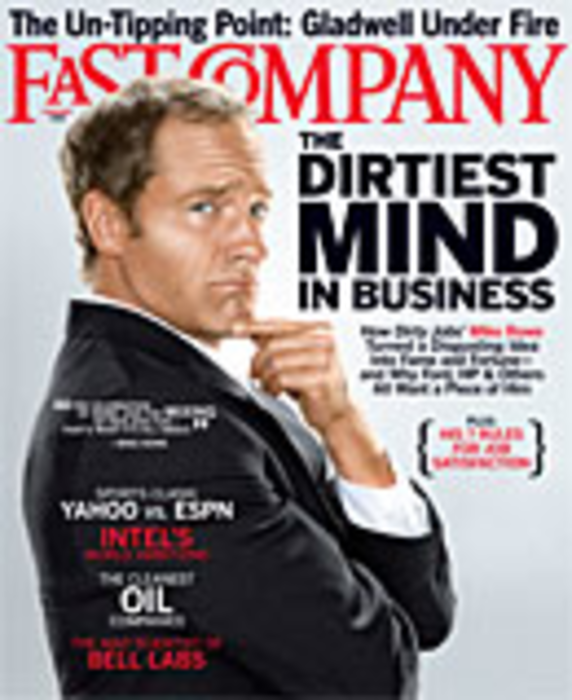Fast Company magazine saw newsstand sales increase by 38% over the six months ending December 31, 2007, according to ABC FAS-FAX reports.
This reporting period is the third in a row where the business glossy posted newsstand gains of more than 30%. Newsstand sales now average 30,515 per issue, and the rate base is holding at 725,000.
“We’ve really focused on expanding the distribution where we find traction and nearly abandoning the spots where we don’t,” explained Patrick Hainault, consumer marketing director for Mansueto Ventures, publisher of Fast Company. “It will be hard to find it in drugstores going forward, but we’re really paying attention to bookstores and airports – particularly airports.”
Hainault credited Fast Company‘s editor, Bob Safian, with creating covers that newsstand shoppers have found “accessible.”
Fast Company has also invested in various promotions, some of which leverage the added sales power of sister magazine Inc. A recent promo placed single copies of Fast Company by the registers at Barnes & Noble, alongside traditional single-issue big sellers.
Even with newsstand success, Fast Company‘s strength is in its subscriber base. Its readers tend to be affluent and well-educated and skew a bit younger than those of Inc. and other business magazines — possibly thanks to an editorial focus on sustainable and creative businesses. Each newsstand issue is filled with subscription cards.
“There are fancier ways to translate newsstand readers into subscribers, but we have tested the number of cards we can put before it becomes unprofitable, and we could put more,” Hainault said. “There is a point where it becomes awkward to add another, but it’s generally a good source. Off the newsstand, I don’t want to discount a subscription too much. If you’ve just bought it at the newsstand, it’s still an impulse buy. There’s no point in discounting too much because the editorial has just sold it for you.”
A large part of Fast Company‘s subscription strategy lies in direct mail. The company depends on a list broker for prospecting, and it also tests on a cooperative database.
Since the magazine was published by Mansueto two years ago, its direct mail campaigns have quadrupled in volume. It’s an investment that pays off, said Hainault, pointing out that the program not only increased subscriptions but also supplied a bigger and more qualified pool of prospects for direct mail renewals.








